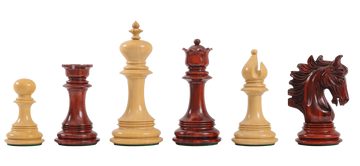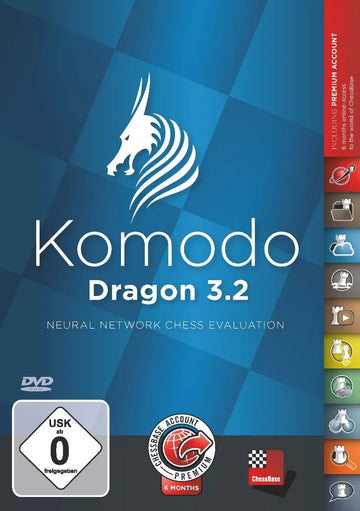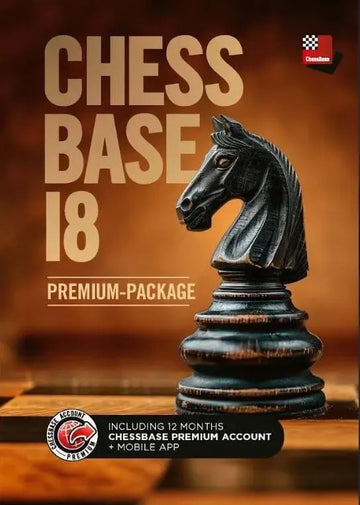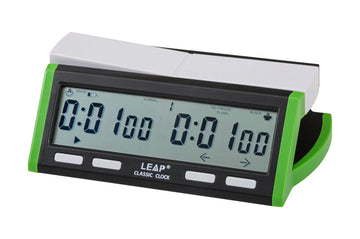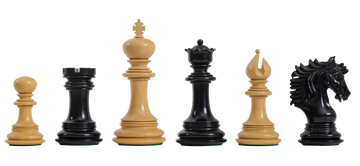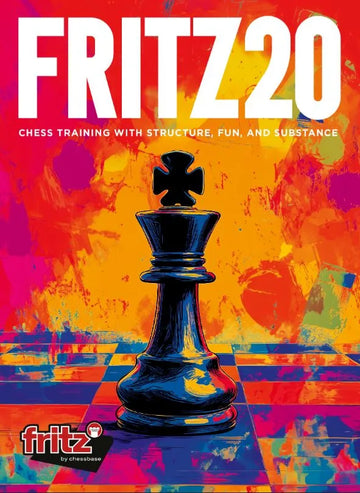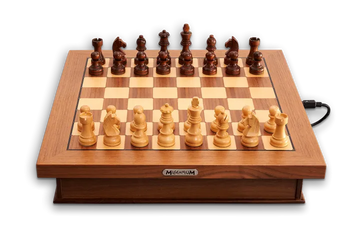Chess Against The Computer: A History
Chess engines are a work of art, a part of the science of the game, and in some sense, the work of magic.
It's undeniable that some of the most defining moments in recent chess history. Most online chess players will experience chess against the computer at some point.
From Deep Blue to chess engine tournaments, here is a history of chess against the computer.

The Mechanical Turk: The Fraudulent First Chess Machine
We've been fascinated by the idea of machines playing chess for centuries.
In the 18th century, Hungarian inventor Wolfgang von Kempelen created the Mechanical Turk. This was the first ever machine that seemed to be able to defeat humans at chess.
But it was all a lie. The contraption contained a human being hiding inside, operating the machine to move the pieces.

Time and time again, the history of chess innovation foreshadows tech advancement elsewhere. As it turns out, some AI "advancements" people buy into today are actually glorified Mechanical Turks. This story of Amazon outsourcing labor to humans and passing it off as AI comes to mind.
Around 1950, Alan Turing Creates Turochamp Chess Algorithm
While you probably know about Deep Blue, the first ever chess computer was created almost half a century prior. The British mathematician and logician Alan Turing is often called the father of computer science. He created arguably one of the first computer chess programs.
Turing worked with some of the most primitive forms of artificial intelligence. He began working on his chess algorithm, the Turochamp, in 1948. He was such an innovator in computer science that some of his algorithms predated when computers were strong enough to perform them.
His creation was based on the most basic rules of chess and could only "think" two moves in advance. Still, it was too complex for the most powerful computers of the time to calculate.
Instead, he had to apply the algorithm by using a paper-printed version of his code and manually applying the algorithm to each move. He then used it in a game against his friend and colleague Alick Glennie.
The Turochamp was the first algorithm to successfully play chess against a human being. Still, Glennie defeated the logical opponent in 29 moves.

Turing created the world's most influential algorithms, even cracking a code that contributed to the end of World War II. But his life would end tragically. Turing would be prosecuted for homosexuality and forced to be chemically castrated. Then, he died of what appeared to be accidental cyanide poisoning before his 42nd birthday.
To honor Alan Turing's life, Garry Kasparov played against the Turochamp in June 2012.
The Road to Deep Blue
There were many other attempts to improve chess machines between the Turochamp and Deep Blue.
The first chess program to actually run on a computer came about in 1951. German inventor Dietrich Prinz created a program that could find the best move in a chess game if it was two moves away from mate.
In 1957, IBM engineer and mathematician Alex Bernstein wrote the first complete computer program in history. It could process 42,000 instructions per second. It ran on an IBM 704 mainframe and took roughly eight minutes to make a move.
In the late 60's to early 70s, we got the first chess programs to have a graphical user interface. Before this point, chess program displayed their moves in notation or through a printed visual diagram of a chessboard.
By the 70s, programs were able to win amateur chess tournaments, but could not yet compete with grandmasters.
Computer Chess Champion Evolves into Deep Blue
In 1985, Feng-hsiuing Hsu, a grad student at Carnegie Mellon University, developed the ChipTest. This advanced chess machine would win the North American Computer Chess Championship in 1987.
Then, Murray Campbell, chess player and computer scientist, teamed up with Hsu to create Deep Thought, the precursor to Deep Blue.
Deep Thought would be the first program to defeat a grandmaster and be renamed Deep Blue.
Deep Blue Takes on Garry Kasparov
In 1996, Garry Kasparov played a six-game match against Deep Blue, winning 4-2.
The IBM team went back to work, improving databases that managed endgames. They also hired additional chess grandmasters to advise them. IBM's article on the achievement claims the team "developed methods to disguise the computer's strategy."
In 1997, IBM's Deep Blue became the first computer system to defeat a World Chess Champion. It defeated Kasparov with a 3.5-2.5 score, coming down to the final game.
In the end, IBM secured a prize of $1.1 million.
Deep Blue used 32 processors to perform high-speed computations at the same time. It was able to evaluate 200 million chess positions in a single second.
While this was a historic moment in chess, it also marked a turning point in technology's impact on humanity.
The technology behind Deep Blue went on to help develop new drugs in the pharmaceutical industry and improve accuracy in financial modeling.
In 2010, Chess Computers Begin an Ongoing Feud
Since Deep Blue, a number of chess engines have emerged. Chess players can now leverage Stockfish, LCZero, and Komodo to analyze the best moves that pure human analysis might overlook.
In 2010, the first-ever Top Chess Engine Championship (TCEC) was held. The online chess tournament pits computer chess opponents against each other in "seasons" that span over 3-4 months. TCEC states that the goal of the endeavor is to "provide viewers with a live broadcast of long-time control, quality chess.
Today, Chessdom organizes the tournament. On TCEC's website, you can watch computer chess opponents continuously face off in 24/7 live broadcasts.
As of writing, Stockfish has consistently won the most seasons, implying it might be the "strongest" engine.
Grandmasters and the Computer
The computer has revolutionized the way the best players experience chess.
Nowadays, grandmasters heavily utilize computers in their studies, discovering novel lines and advancing theory. And chess commentators will use it to analyze tournament games as they are happening in real-time. They often find lines that human players are unlikely to find because they defy established principles.
Authors of modern chess books will compare differences between engines when they identify different "best moves."
But some break the trend, advancing their chess studies the old-fashioned way. Notably, Gukesh, the reigning World Chess Champion, only started training with computers in 2020. His coach, Vishnu Prasanna, trained him without it.
Final Thoughts: Chess Against the Computer
Throughout the history of computer science, chess and other strategy games have served as a metric to prove advancement. While chess engines may have "solved" chess, computers were only strong enough to beat the strongest Go player in 2017.
But the continued love of chess shows that, regardless of how computers can supersede the human mind, we will still take our seats at the board.
Right now, we're debating the role of AI in replacing human jobs in every sector. But we must remember there is always something spectacular about a human making judgments for themselves.
FAQ: Chess Against the Computer: A History
Yes, you can play against a computer for free! You can face Chess.com robots, often based on the play styles of real chess players, for fun and to practice.
Arguably more importantly, you can use chess engines to analyze your games. Lichess has a free game analysis tool powered by Stockfish.
There are pros and cons to playing chess against a computer. In general, you should spend time playing against human beings.
Chess engines are great for helping you go over previous games. But they can't explain the ideas behind every move, so you should listen to human analyses as well.
The 20-40-40 rule in chess describes how much time you should spend studying different parts of the game. Generally, you should spend 20% of your time studying opening theory, 40% on middle game strategy, and 40% on the end game.

